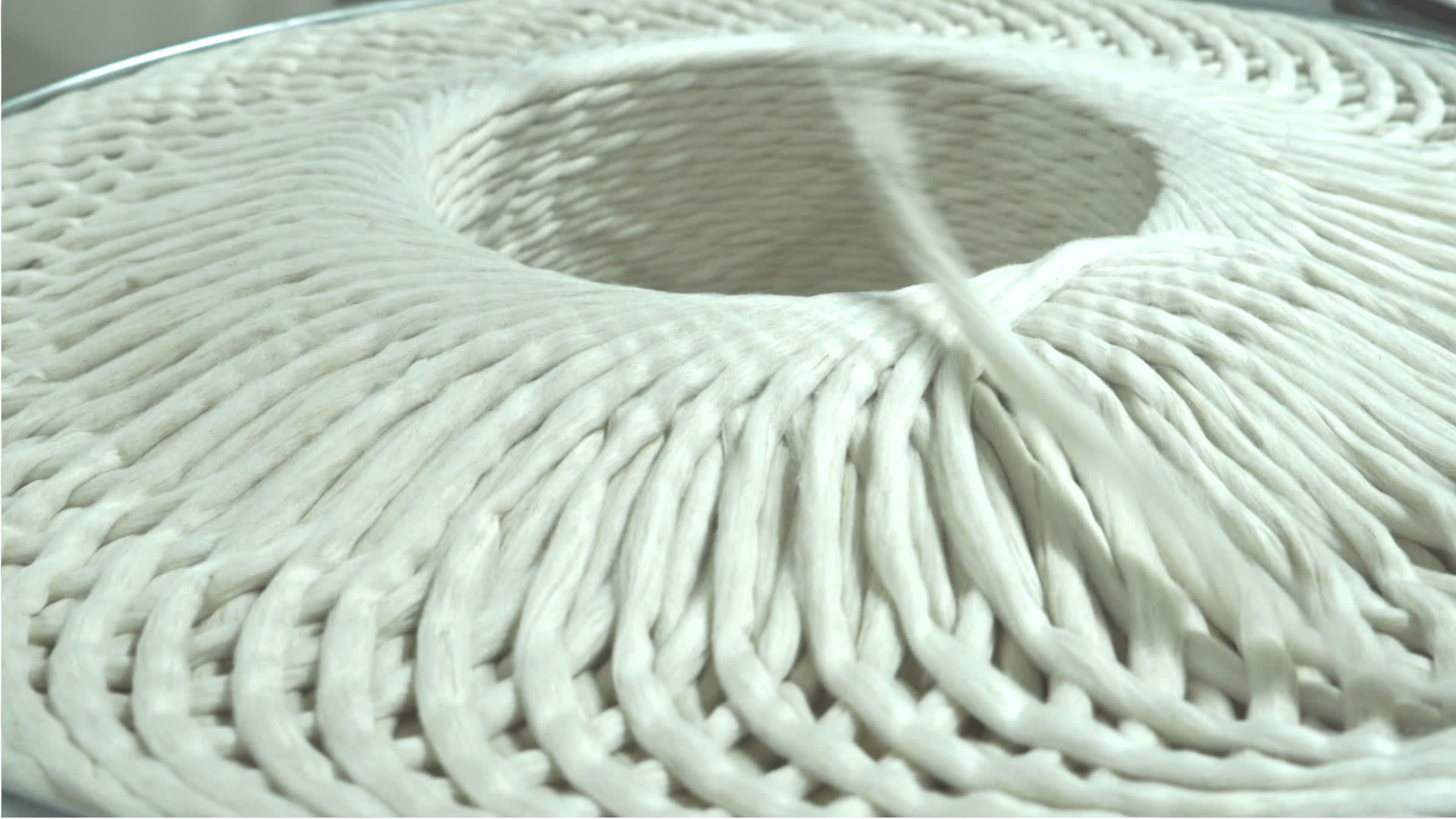Textile Winding, Twisting, & Drawing Out Machine Setters, Operators, & Tenders
Spinner, Twister Operator, Winder Operator, Winder Tender
What they do:
Set up, operate, or tend machines that wind or twist textiles; or draw out and combine sliver, such as wool, hemp, or synthetic fibers. Includes slubber machine and drawing frame operators.
On the job, you would:
- Notify supervisors or mechanics of equipment malfunctions.
- Thread yarn, thread, or fabric through guides, needles, and rollers of machines.
- Start machines, monitor operation, and make adjustments as needed.
Knowledge
Manufactured or Agricultural Goods
- manufacture and distribution of products
Business
- management
Engineering and Technology
- mechanical
Safety and Government
- public safety and security
Skills
Basic Skills
- talking to others
- keeping track of how well people and/or groups are doing in order to make improvements
Problem Solving
- noticing a problem and figuring out the best way to solve it
Abilities
Hand and Finger Use
- keep your arm or hand steady
- hold or move items with your hands
Controlled Movement
- quickly change the controls of a machine, car, truck or boat
- use your arms and/or legs together while sitting, standing, or lying down
Personality
People interested in this work like activities that include practical, hands-on problems and solutions.
They do well at jobs that need:
- Attention to Detail
- Dependability
- Cautiousness
- Perseverance
- Integrity
- Achievement Orientation
Technology
You might use software like this on the job:
Spreadsheet software
- Microsoft Excel
Electronic mail software
- Microsoft Outlook
Office suite software
- Microsoft Office software
Education
Education: (rated 2 of 5)
no high school diploma/GED or
high school diploma/GED
usually needed
high school diploma/GED
usually needed
Get started on your career:
Apprenticeship.gov
Job Outlook
Below Average
New job opportunities are less likely in the future.
Explore More
- Cutting & Slicing Machine Setters, Operators, & Tenders
- Extruding & Forming Machine Setters, Operators, & Tenders, Synthetic & Glass Fibers
- Machine Feeders & Offbearers
- Paper Goods Machine Setters, Operators, & Tenders
- Textile Knitting & Weaving Machine Setters, Operators, & Tenders
You might like a career in one of these industries:
See more details at O*NET OnLine about Textile Winding, Twisting, & Drawing Out Machine Setters, Operators, & Tenders.





